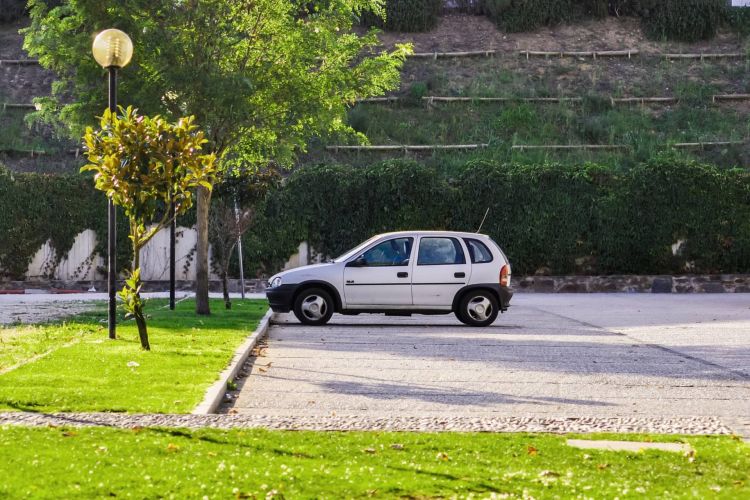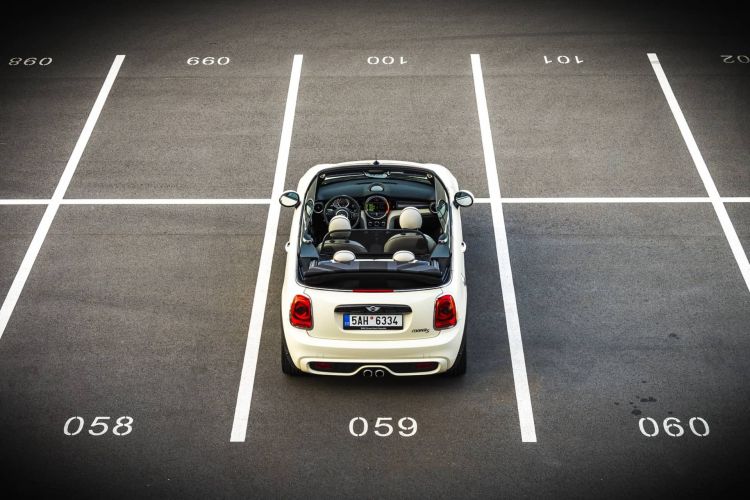With the modification that was carried out in 2021 of the General Vehicle Regulations (RGC), the General Directorate of Traffic acquired a new tool (ex officio deregistration to tighten the fence around vehicles that, in the last ten years, have have not passed the ITV and have not had insurance) and updated another (the temporary leave was no longer indefinite) to put an end to zombie cars (those that continued to circulate despite appearing as retired). Now, it is the turn of the ‘squatter cars’.
What is a ‘squatter car’? They are vehicles that are abandoned on public roads, in a public place (workshops, parking lots…) or in a private place (garages, communities…). As collected The vanguard, the DGT calculates that, each year, some 50,000 vehicles are abandoned on public roads. To these we must add 6,000 more (approximately) that have been forgotten in workshops, warehouses or public car parks: the holders cannot or do not want to assume the cost of the service.
20,000 ‘squatting cars‘ in private enclosures
The key lies in the 20,000 cars that see how time passes in the car parks of shopping centers, airports, stations, hospitals… and, above all, in those that are in private garages, residential buildings, urbanizations, etc. To free up the space they occupy, Until now, there was only one way: the judicial one. A request that could be executed by an individual, a company or the administration responsible for the place. The problem is that it was a very slow process.
To alleviate it, the General Directorate of Traffic has published an instruction in which reinterprets Article 106 of the Law on Traffic, Circulation of Motor Vehicles and Road Safety: this precept establishes when a vehicle is considered abandoned and, now, the new text includes cars that have been abandoned in private premises.
abandonment guarantee
With this change, the competent authorities will be able to order its transfer to any Authorized Vehicle Treatment Center (scrapping) to manage its destruction and decontamination. Of course, only vehicles that are not covered by the Parking Contract Law can be removed after confirming that they are, truly, abandoned.
The applicant shall document the facts with a certificate from the administrator, notarial deed, photographs… everything they consider necessary to prove the situation. Once accredited and before issuing that transfer order, the corresponding administration has to notify the holder to give him a period of one month. If you do not remove the car within that period, its next destination will be scrapping.
a second life
On the other hand, the new instruction gives a second chance to those vehicles that are abandoned: if they are still in a condition to circulate, the authorities will be able to decide between transferring it to the scrapyard or assign it to Traffic services so that the agents use them in their surveillance tasks.


